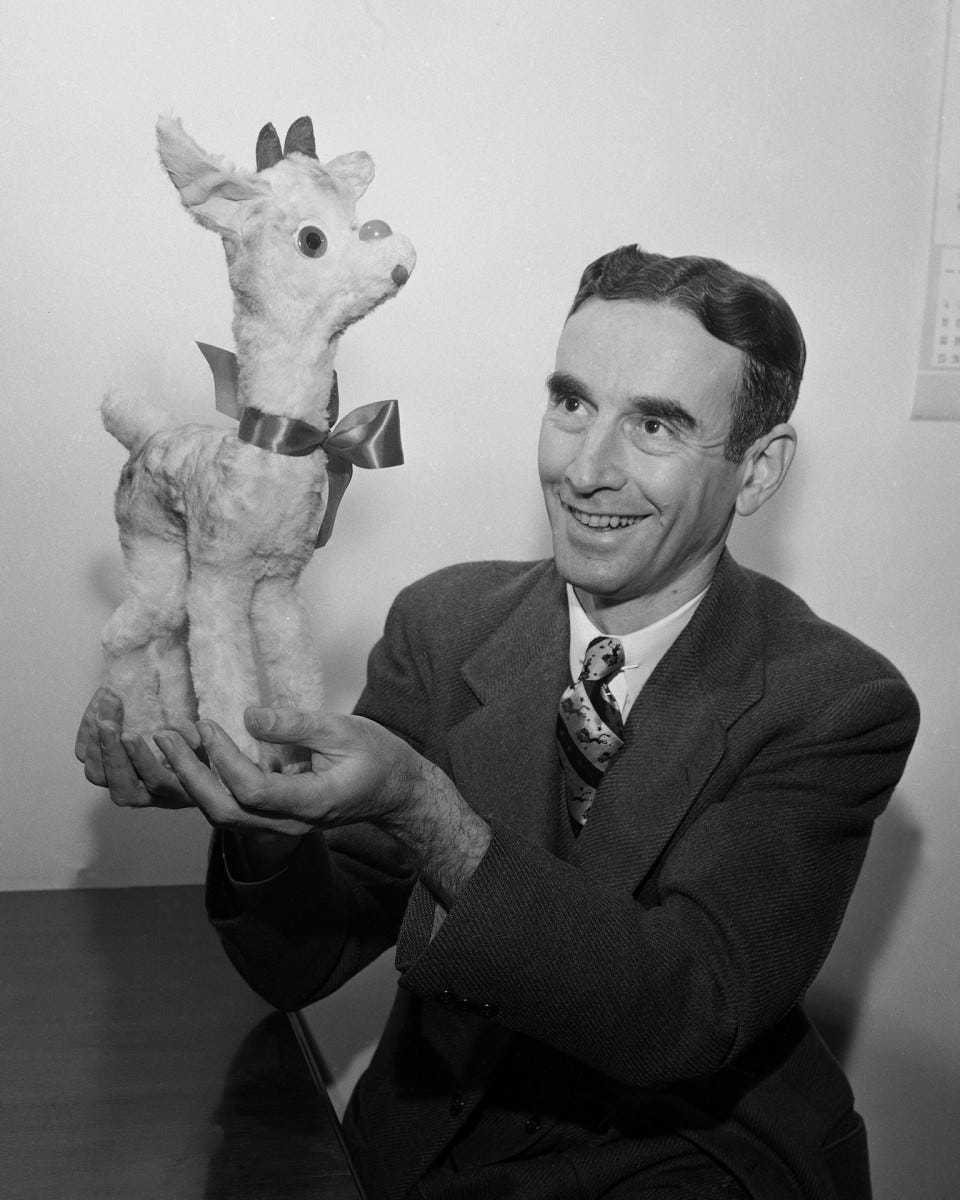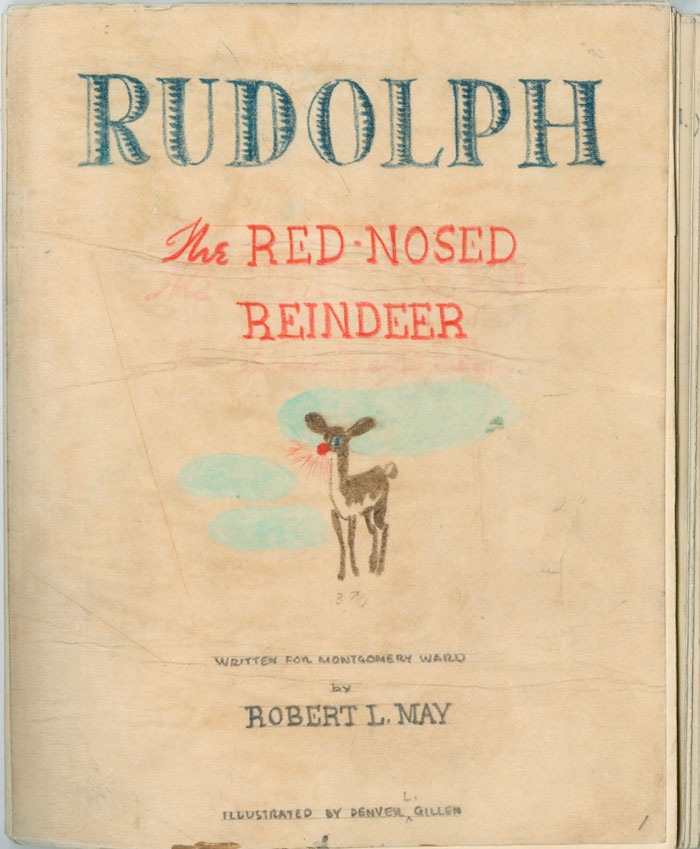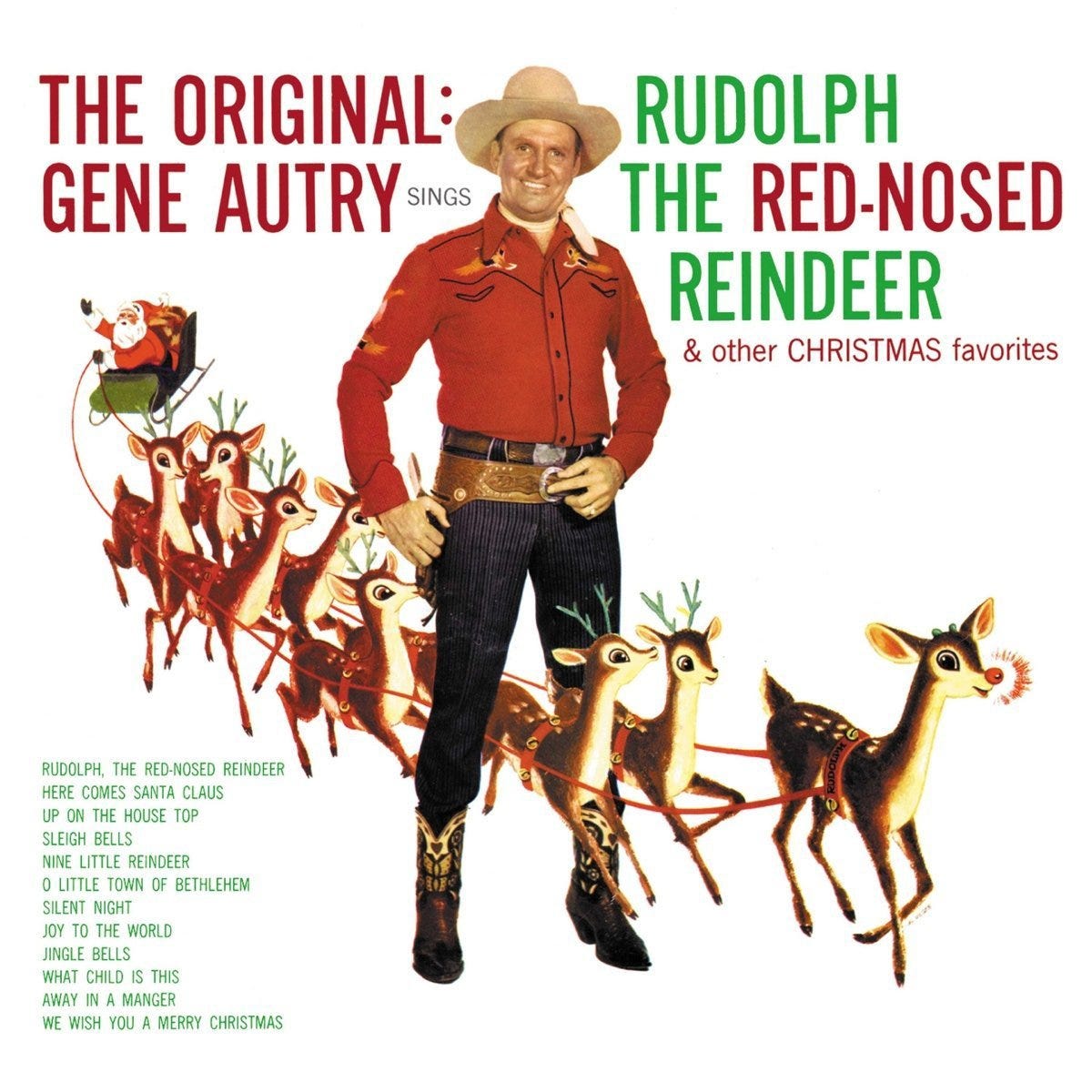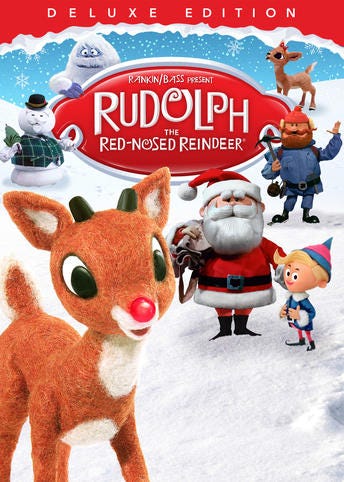Which films do you watch in December?
I have already watched Die Hard (essential pre-Christmas viewing, if you ask me).
On Christmas Eve I plan to watch It’s a Wonderful Life, followed by A Christmas Story on Christmas Day.
But when I was very young (before TBS had the 24-hour marathon of A Christmas Story), the staples at this time of year were the kid-friendly specials like The Grinch, Frosty, Charlie Brown, and ….a red-nosed reindeer named Rudolph…
But Rudolph looked old - even in the 1980s.
And who came up with the idea to create a character whose difference made him so special?
I was curious…
The story of Rudolph dates back to 1939, when US retailer Montgomery Ward had a problem.
They wanted to run a Christmas promotion for children. Previously, stores had given away various coloring books, but they needed a consistent (and cheaper) campaign for their 620 stores.
They decided they would create a book for children – with an original story.
Retail sales manager H.E. MacDonald asked copywriter Bob May if he could write a story.
But May wasn't in a good place.
His wife was dying of cancer and he was in debt. He was 33 years old, and had hoped to write the great American novel.
Instead, he was writing about men’s shirts for a retail and catalog company.
But he agreed.
Inspired by his own childhood of being small and teased, he came up with a story about a reindeer who was different.
He gave his underdog reindeer a red nose and named him Rudolph.
Rudolph’s red nose would make him the subject of ridicule and rejection, but in the end, his difference would be an asset, and help Santa on Christmas Eve.
May pitched the idea to his boss.
“Can't you come up with anything better?” the boss asked May.
But May believed in the story, and got his buddy in the art department to draw up some sketches.
Together, they convinced the boss – and the 32-page illustrated story of Rudolph was a hit.
Montgomery Ward distributed 2.4 million copies of Rudolph The Red-Nosed Reindeer to children across the country.
Plans to print another 1.6 million copies the following year were shelved by paper shortages due to World War II, but in 1946, Rudolph returned – and was more popular than ever.
That year 3.6 million copies of May's story were distributed.
In 1947, Montgomery Ward signed the copyright for Rudolph over to May. Perhaps they were full of Christmas cheer – or perhaps they didn’t realize the moneymaking potential of the underdog tale!
Now armed with the copyright, May asked his songwriter brother-in-law, Johnny Marks, to turn Rudolph's tale into a song.
After initially rejecting the song, ‘The Singing Cowboy’ Gene Autry agreed to record it in 1949.
Autry's song – like Rudolph's story – was a hit.
The song went to #1 and sold 2 million copies that year.
And in 1964, May's story of acceptance and perseverance was adapted into an animated television special.
Rudolph the Red-Nosed Reindeer is the longest-running Christmas special in television history, and one of the most famous Christmas songs of all time, selling 150 million copies worldwide.
As the song said, Rudolph did go down in history.
And so did Bob May.
Recent Work and Writing
If This Isn’t Nice, What Is? — A book from Kurt Vonnegut arrived at just the right time.
The ONE thing that matters most when you’re giving a speech — Trust me, folks. If you’re giving a speech or a presentation, this is where you need to focus.
How Beth Collier uses mmhmm to power connected, clear communication — Find out my favorite app to make coaching and workshops more fun.
How Can I Help?
I’ll keep saying it: Communication matters.
Last week I shared the communicators who earned a spot on Santa’s Nice List. This week, check out Santa’s Naughty List for 2022 and see whose poor communication skills have cost them their reputations, their relationships - and in some cases, their livelihoods:
If you want to improve your communication (and get all the good things that come with that), I’m your gal.
So many companies could reap significant benefits – from performance and culture to retention and engagement – by improving their communication.
So, if you know someone who could benefit from some help (as even the most seasoned leaders do), please get in touch and check out my website for more information.
You can also see my Top 10 list of what I can (and can’t) do for you here.
And if you see any communication examples (the good, the bad, and the ugly) that you think are worth analyzing or sharing, please send them my way!
Stay Curious!
-Beth















I loved this - and I also loved your article on Thanksgiving, Beth. Merry Christmas, wishing you a peaceful break.
Loved the article, Beth.